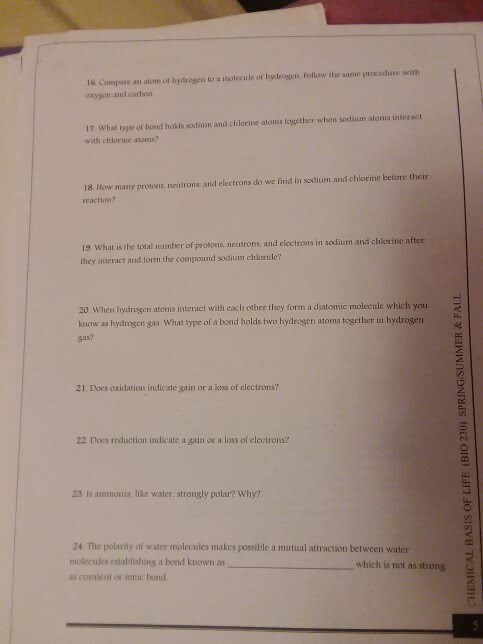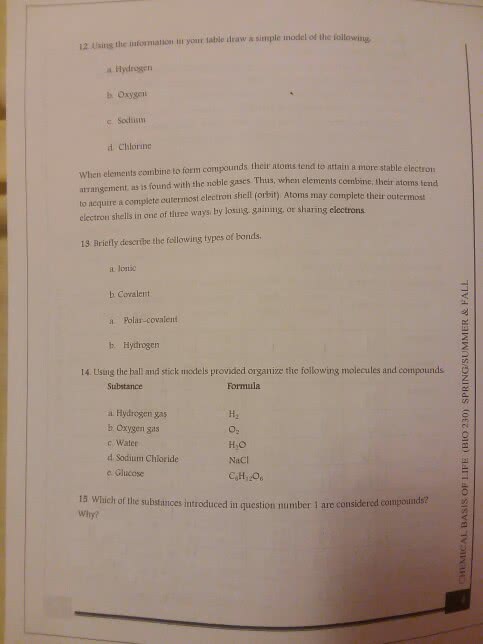CHEM1006 Lecture Notes - Lecture 10: Unified Atomic Mass Unit, Atomic Number, Intermolecular Force
Document Summary
An atom is the smallest unit of matter that retains all of the chemical properties of an element. Atoms combine to form molecules, which then interact to form solids, gases, or liquids. Water is composed of hydrogen and oxygen atoms that have combined to form water molecules. Many biological processes are devoted to breaking down molecules into their component atoms so they can be reassembled into a more useful molecule. Atoms consist of three basic particles: protons, electrons, and neutrons. The nucleus of the atom contains the protons and the neutrons. The outermost regions of the atom are called electron shells and contain the electrons. Atoms have different properties based on the arrangement and number of their basic particles. The hydrogen atom contains only one proton, one electron, and no neutrons. This can be determined using the atomic number and the mass number of the element. Elements, such as helium, depicted here, are made up of atoms.



